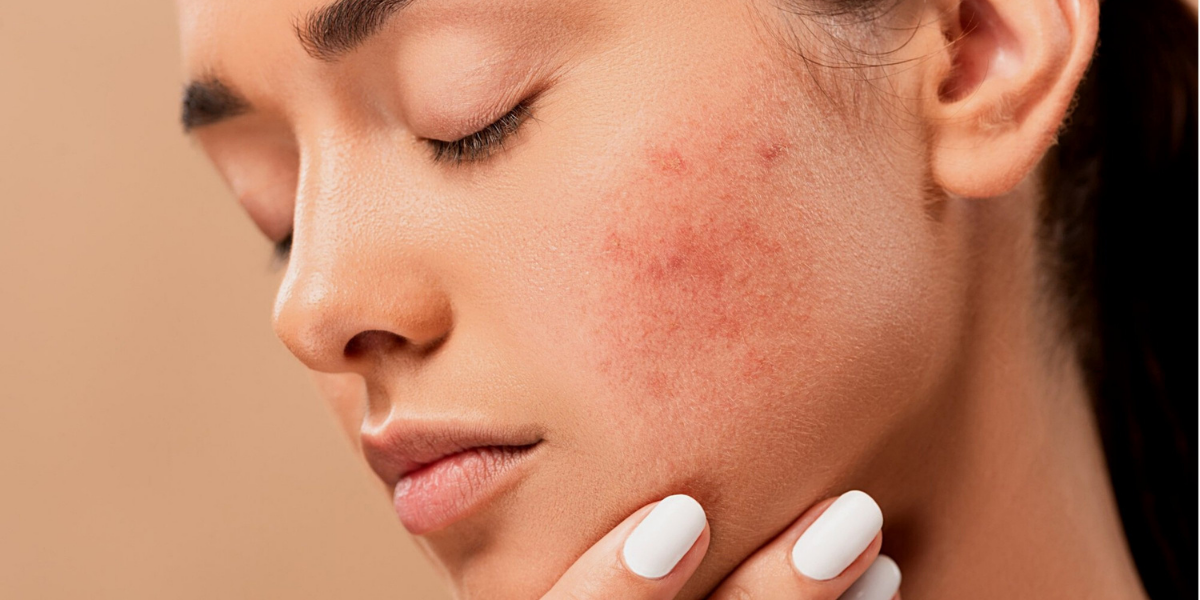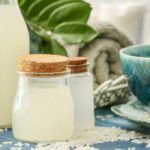You’re what you eat: an adage that will always hold true. Having blemish-free skin isn’t only about products you put on your face, but also the foods you put in your body. The latter has much more effect on your skin than the former, sorry for breaking that bubble for you.
All of us have acne triggers in our diet. For me, it’s dairy and sugar. The day I’ll eat a whole lot of them, the next day my pimple friend is here to knock on the door. So, I limit them in my diet. And there are other foods that promise me amazing skin, like a bowl full of salad or lemon water in the morning.
Food does have a direct relation to our skin, and if you suffer from acne or occasional pimple surprises too, here are some foods that trigger it and others that help stave it off.
Acne Trigger Foods:
Milk:
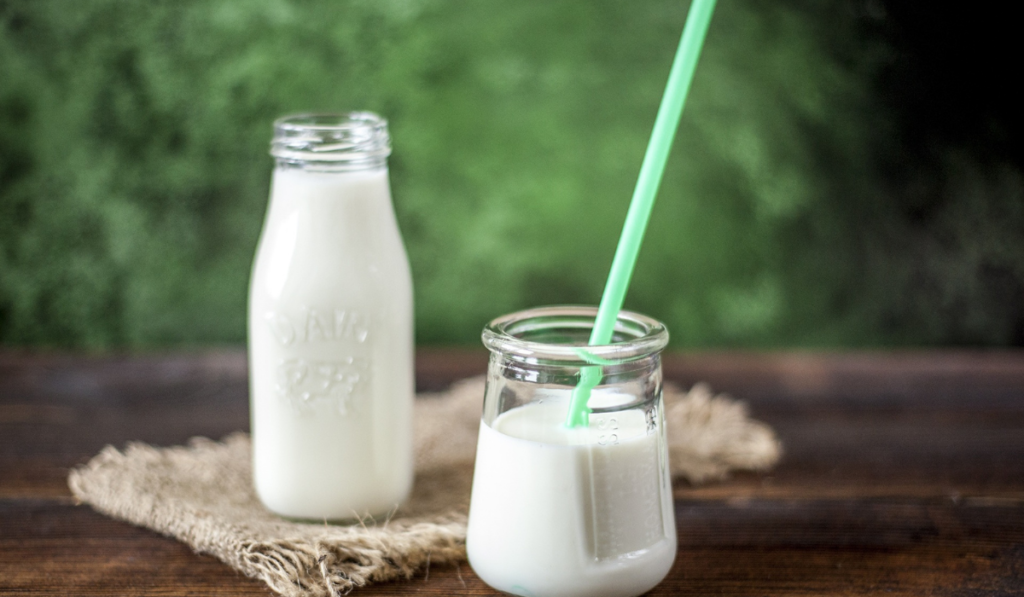
Search for the term ‘milk causes acne’ on Google and among the research and dermatologist recommendations, you’ll also find personal success stories of women fighting their acne by cutting off milk. One of them had dairy on a regular basis and also suffered from cystic acne. She went dairy-free for two weeks and noticed a marvelous change in her acne. Within three weeks, her skin had completely cleared up.
Milk, especially in large amounts, triggers hormone disbalance and inflammation. Skim Milk is no good either, if you were thinking it was a better option. If you aren’t able to cut it out entirely, reduce the consumption. There are many great alternatives in the market – like almond milk or soya milk.
Sugar:
There are many reasons why sugar is directly linked to acne. First, it directly influences two major causes of acne: hormones and inflammation. Second, sugar’s oxidative properties are linked to breakouts and severe acne. Third, processed foods with sugar are high in GI, a factor that’s a research-backed precursor of acne.
The last one is the worst, here’s why. As sugar enters the body, it produces insulin to counter glucose spikes. This releases inflammation-causing enzymes in your body that attaches to collagen and breaks it down. The process is called glycation. Glycation not only increases aging but also aggravates acne and supports its growth. The solution here is simple: cut down the sugar intake, and avoid having large amounts in a single sitting.
Alcohol:
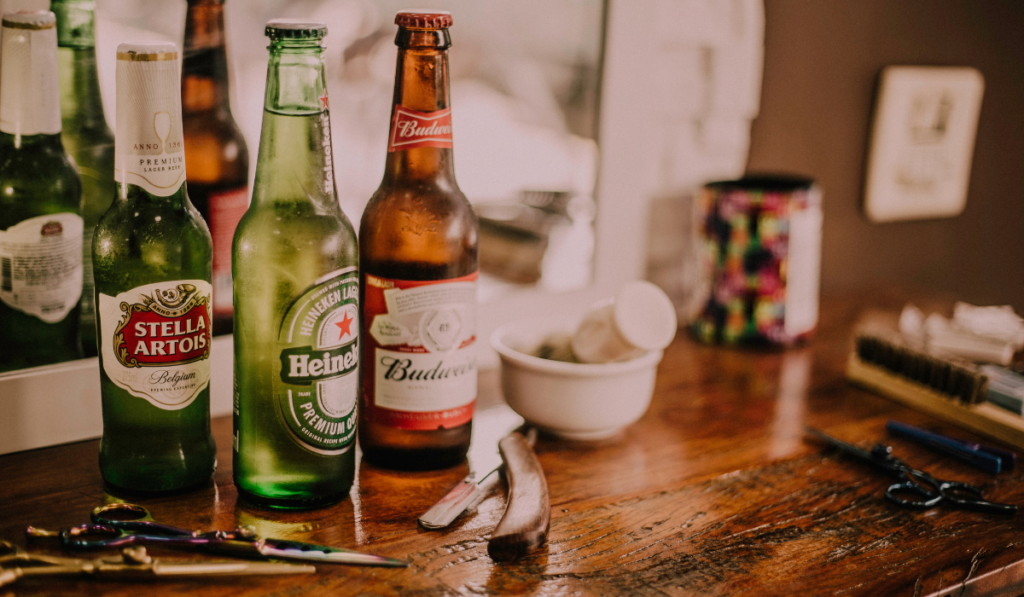
Alcohol, in itself, isn’t linked to acne, So, you can safely have a glass or two for celebrations or as a treat. But, we all know, how addictive one glass can be. You always want to have another one, and one more, then another one. That’s the problem. Alcohol in large amounts alters your hormonal levels. The effects are worse for someone suffering from hormonal acne. Alcohol also dilates the pores and leaves them prone to acne-causing bacteria.
And if all of this wasn’t enough, the body produces histamine in response to liquor consumption that causes dilation of blood capillaries. It can worsen the acne redness on the skin. For those more prone to acne, complete abstinence for some time will show massive results. Otherwise, you can have it in moderation.
Fast Food:
Fast food isn’t the best for us, in any way. We all know it, but from time to time we do succumb to our taste buds. The crux is refined, processed foods are high in GI, so they raise blood sugar levels quickly and cause insulin levels to rise. This changes the hormonal levels and the metabolism in the body. Over time, it stimulates the sebaceous glands to produce more oil and increases levels of free androgens in the body. Evidence has it that high GI diets directly contribute to acne.
If you are craving fast food, we suggest making your own version at it home instead. It will be made of healthier ingredients and any unhealthy ones will have much less bad effect than the one you’re getting from outside. Limit the outside fast food to once or twice a month.
Best Foods For Acne:
Rainbow Diet:
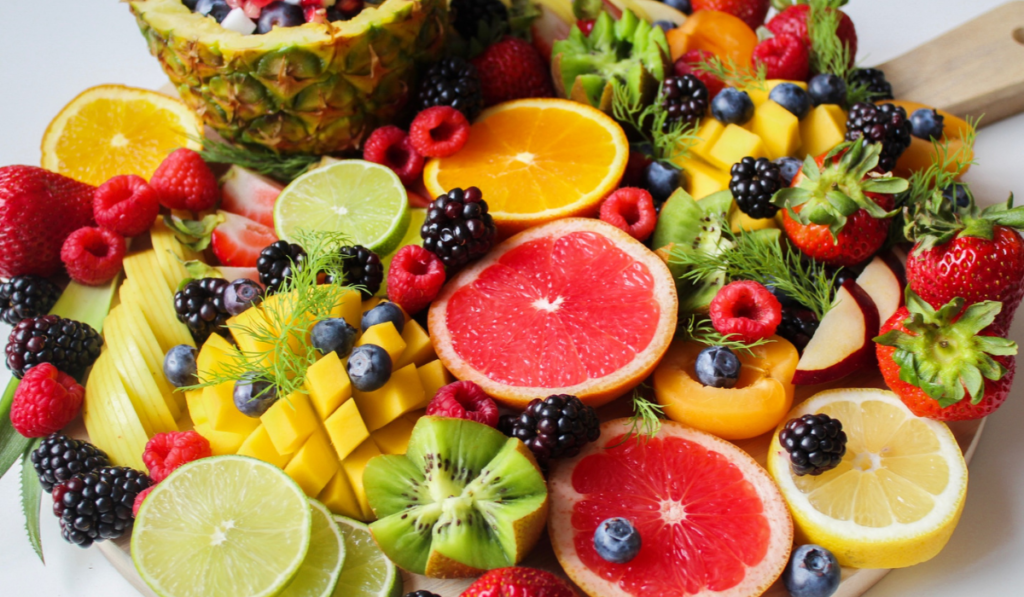
A rainbow diet means eating fruits and vegetables of varied colors in your diet. Eating bright-colored fruits and veggies like berries, tomatoes, oranges, carrots, etc. can heal acne and its scars naturally in just a few weeks. They work because of their excellent antioxidant properties and essential nutrients like Vitamin A and Vitamin C. Oxidation and free radicals are a source of the development of acne at every stage. Consuming fresh produce helps fight them and reduce the incidence and spread of acne.
It’s advisable to have 5-10 servings of fruits and vegetables daily in your diet. Apart from their acne-fighting properties, these delicious eatables also support collagen production and give you wrinkle-free, glowing skin from the inside.
High-Fiber Foods:
Fiber has healing powers. With sufficient intake, fiber improves digestion, boosts gut health, balances bowel movements, enhances mental health, benefits the cardiovascular system and lowers the risk of diseases like cancer. The amount of fiber intake that will offer all these benefits is 30 grams. A research study showed significant improvement in patients suffering from acne vulgaris after 30 grams of fiber intake daily.
It’s believed fiber works by slowing down the release of sugar in the body, thus thwarting a sudden insulin spike. Blood sugar is linked to hormones directly involved in acne. Include fiber-rich foods like whole grains, beans, broccoli, apples, oatmeal, berries and nuts to see an improvement in your acne with time.
Probiotics:
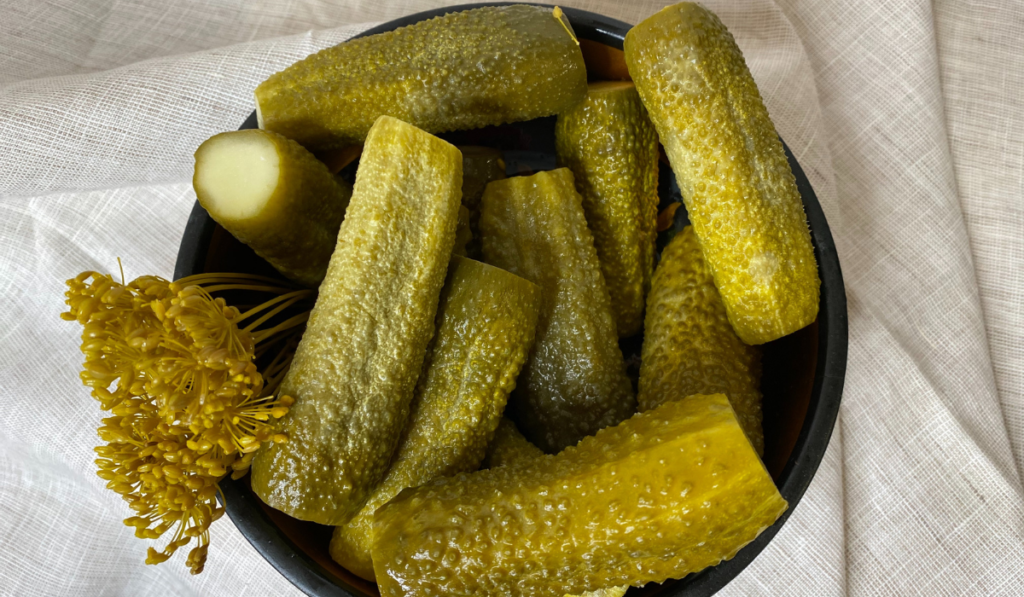
Our mental health, skin, and gut are connected through what is termed as a gut-brain-skin axis. Whatever happens in our gut, directly and indirectly, affects our skin, and therefore, having healthy bacterial growth is key to clear skin. Researchers have found people with clear skin and fewer acne infections have more good bacteria in the gut than bad bacteria.
Probiotics support and create these good bacteria in the gut. Some examples include yogurt, kefir, kombucha, kimchi, pickles, etc. In addition, take prebiotics too. While probiotics add to the population of good bacteria in the gut, prebiotics help stimulate and fuel their growth. Here are some prebiotic foods to add to your diet: onion, dandelion greens, garlic, oats, barley, banana, apple, cocoa and seaweed.
Zinc-Rich Foods:
Lower levels of zinc in the body have been connected to severe acne. Dermatologists often vouch for either topical application or oral intake of zinc to treat acne and related conditions. Zinc, owing to its antioxidant properties, reduces inflammatory responses in the body, contributing to healthy skin. The mineral also lessens P.acnes bacteria and reduces the incidence of acne with time.
Apart from zinc supplements, include zinc-rich foods in your diet to experience its skin-repairing benefits. Foods highest in zinc are meat, shellfish, legumes, nuts, seeds, chickpeas, oatmeal, curd, and dark chocolate.

